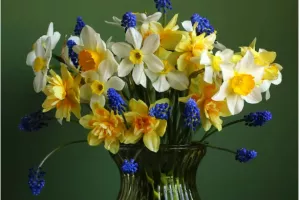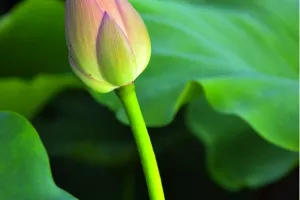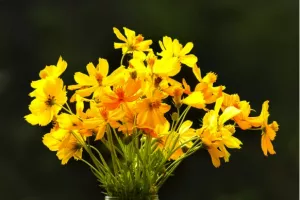Fresh cut peony flowers are relatively difficult to grow, and are prone to problems of dehydration and petal shedding. In order to ensure the long flowering period of peony cut flowers, how to maintain them is also very important.
1. Openness
When choosing peony, try to choose the one with a lower degree of opening. The petals should not be too many, which will affect the flowering period, but the bud should not be too small, otherwise it will be difficult to open. The half-open state of the peony is generally maintained in water for 2 to 3 days. open.
2. Remove the packaging and outer petals
The first step in the maintenance is to remove the outermost petals and excess flower branches, in order to make the peony bloom better.
3. Put in water for maintenance
The peony absorbs water quickly, so it needs deep water maintenance. The water level should be about 2/3 of the vase. Before putting it in the water, the vase needs to be washed. Mix the preservative and water in proportion, and then insert the peony into the vase.
4. Placement
The peony in the bottle should be placed in a cool and ventilated place, not near the fruit. The ethylene released by the fruit will accelerate the opening and decay of the peony. You can put the peony in the fresh-keeping cabinet to keep it fresh.
The main effect of peony:
After being used as medicine, peony root can enhance human immunity and promote the regeneration of white blood cells. Anti-inflammatory effect, peony root has a strong anti-inflammatory effect after being used as medicine. Regular consumption of peony root will significantly enhance the body's anti-inflammatory ability.
Peony root can not only strengthen the anti-stress ability of the human liver, but also detoxify the human liver, and the efficacy is significantly improved. Usually, taking peony root in moderation can also prevent the autoimmune function of the liver from receding. It is effective for human hepatitis, cirrhosis and fatty liver disease It has excellent preventive effect.
Peony is one of the economic plants that can be used both medicinally and ornamentally.


